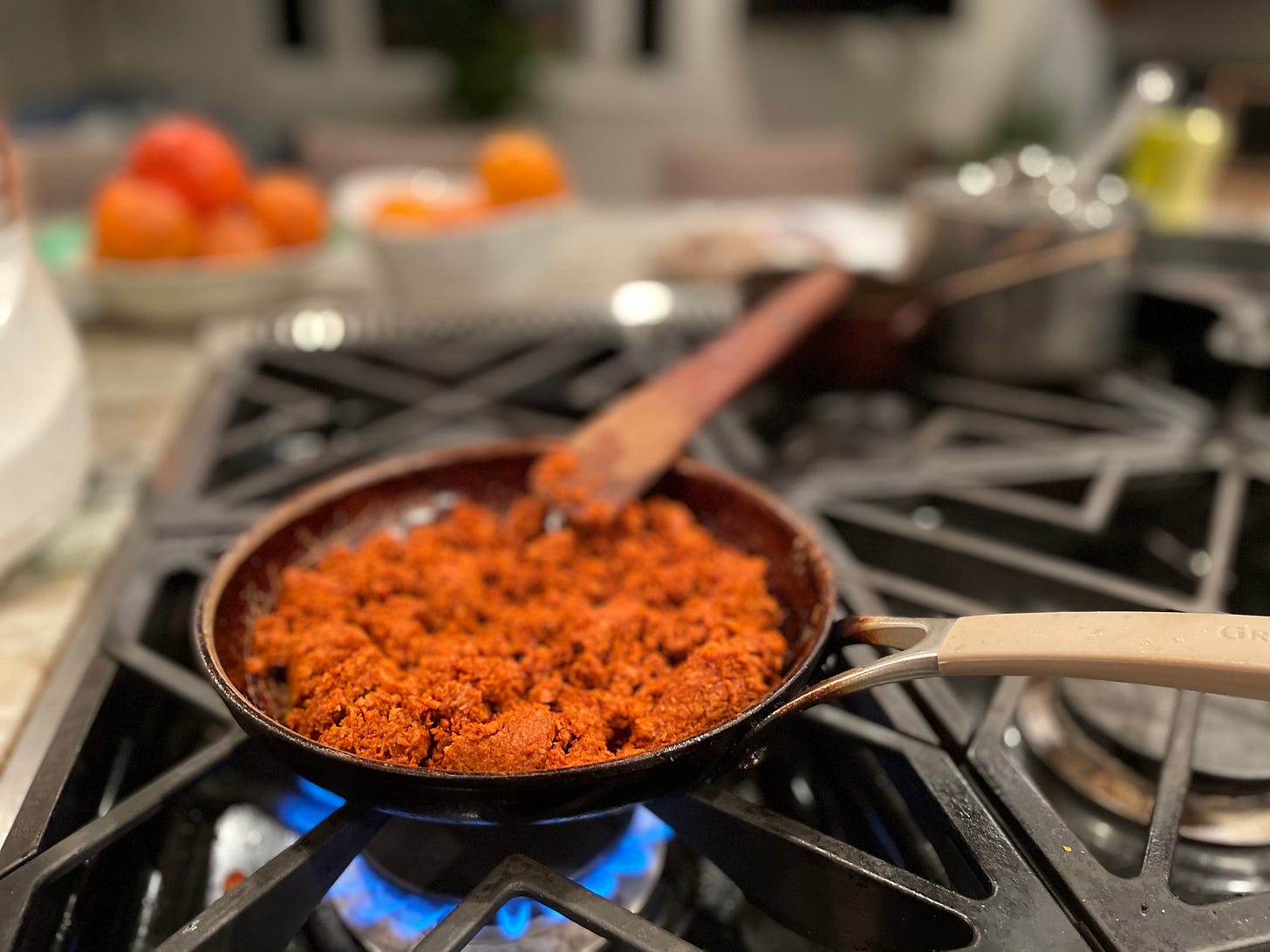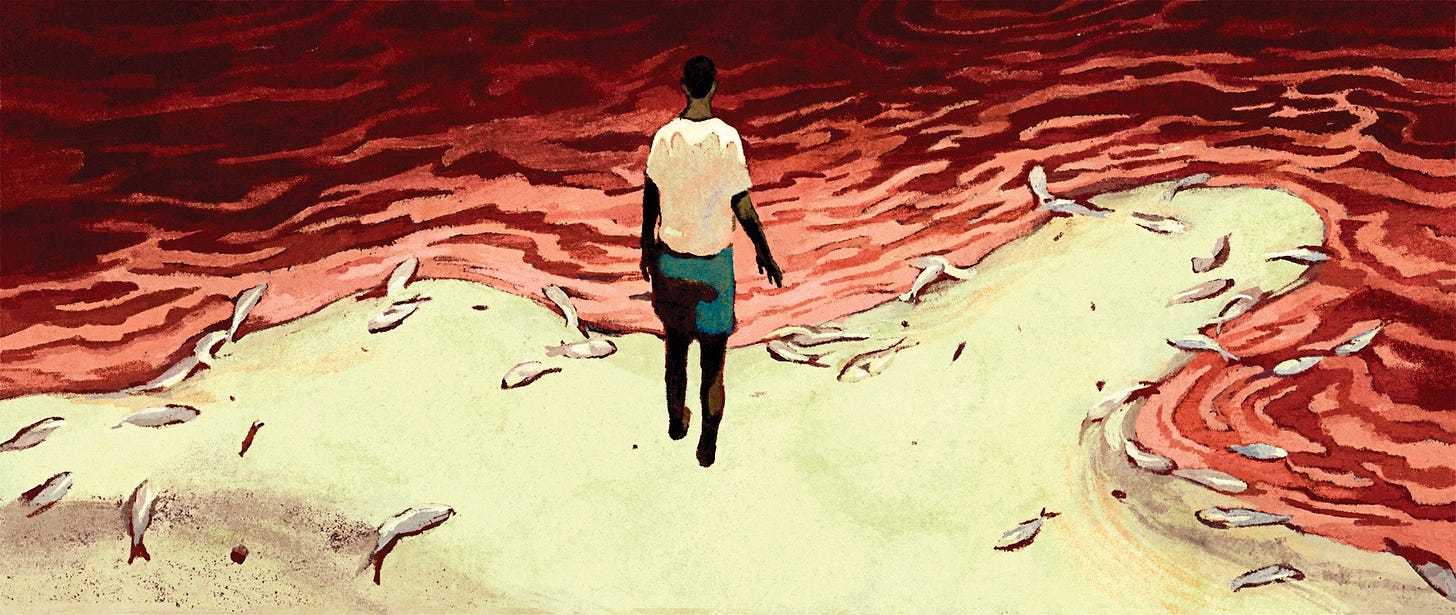EarthHero Curates the Good Stuff, Rejects the Junk
Online retailer streamlines eco-friendly shopping
It was the symbols that first sold me on EarthHero, an online retailer specializing in sustainable companies and products. Click on something interesting — a shampoo bar, a t-shirt, a yoga mat — and symbols attached to the product appear: USDA Certified Organic, Non-GMO, B Corp, Charitable, and so on. I counted 72 different labels within EarthHero’s online ecosystem.
Move your cursor over a symbol. A box pops up. It offers details about the symbol. An apron, for example, had four symbols: Family Business, OEKO-TEK (a symbol certifying the product’s manufacturing does not use harmful chemicals), Low Impact Dyes, and Linen. With each symbol, I learned quite a bit; why linen rocks, for example.
One-stop green shopping
After poking around on the site, I chatted with founder and CEO Ryan Lewis, a fellow Boulderite. By the end of our conversation, I was a convert. EarthHero will be my go-to online shop for everything from pillowcases to soap to batteries, vegetable peelers and socks.
“We want to create a platform with products we have vetted and are the best versions of that product from a sustainability standpoint,” says Ryan. “Every time you buy something, you know the company behind the product is focused on the right things.”
This is one of EarthHero’s most powerful advantages. It rejects tossing everything up on the site — from gold-star sustainability to destroy-the-planet-for-profit dreck — and foisting research upon climatarians. Instead, the team behind EarthHero does its homework, curates the finest products and offers complete transparency.
In other words, it makes it easy to shop responsibly.
To read the rest of this story, click the link below.
Alt-Eats: Trader Joe’s Soyrizo
A few weeks ago Annie started talking about nachos. An image quickly commandeered the collective family imagination: corn chips, layers of molten cheese, pickled jalapeño slices, beans, homemade salsa, sour cream. Drool.
We added nachos to the meal menu, and picked up ingredients during the weekly and masked swing through our markets. As the engines behind Alt-Eats, we decided the nachos needed some kind of meaty impersonator.
Annie and I have munched on chorizo-like sausage made from soy protein for years. It’s crumbly, hot, salty and fatty, just like true chorizo. If tofu, tempeh and seitan represent plant-based meatiness 1.0 — ancient and true OG products, as discussed in last week’s newsletter — second-generation stabs at plant meat, like soy chorizo, are 2.0. Now we are onto 3.0, the tech-food world of Impossible Burgers and the rest of it.
It had been a while since digging into soy chorizo. And we never tried Trader Joe’s iteration. We understood that vegans loved TJ’s soyrizo.
A little Googling also brought us to an article with the headline, “The Trader Joe’s Foods You Should Never Have in Your Kitchen.” Soyrizo was one of them.
So we gave it a whirl.
I made a special trip to TJ’s for the soyrizo soon after Annie’s invocation of nachos. And then we waited four days to build the spectacle of gluttony, which included two versions: one without soyrizo but freighted with real cheddar cheese, the other laced with vegan cheese and showered with soyrizo. The classic version calmed fears Ruby nursed of a perfect dish, nachos, ruined by fake this and alt that.
TJ’s soyrizo, like the kind we picked up in other groceries over the years, came in a plastic sleeve. Maybe one day manufacturers will pack refrigerated items like this in other materials. Annie slipped the soyrizo from its container and plopped the wet baton of ground soy into a hot pan. We both tended to it occasionally, stirring to prevent burning. Over time, the moisture evaporated and the soyrizo turned crumbly.

As this was our dinner rather than a quick snack, we carefully assembled the ingredients into a layered mound of salt and fat, crunch and pliability. Nuked? Absolutely not. The mound rose from a baking sheet. We slipped into a 350-degree oven.
Soon, the inhalation commenced.
Verdict: a triumph.
Just as Beyond Meat’s Hot Italian Sausage, as described in last week’s newsletter, doppelgängers its porky partner, so does TJ’s soyrizo pull off a smashing body-double of real chorizo. In fact, in both cases I prefer the planty stand-in for one reason (other than the lack of animal flesh part): less greasy.
It may be one of the Trader Joe’s foods you should never have in your kitchen. But hey, it’s junk food. Sometimes we crave the crappy-great things. When we finish them, we lie down and experience the salt and fat sluicing through our veins. And then we grunt to ourselves: another year, another plate of nachos. Next year, yet another one.
Can’t wait.
Plant Yourself
I gave up on farmed fish in 2012, after visiting our good Alaskan pals Courtney and Harry in The Last Frontier. There, I beheld what may be the world’s greatest fishery, a thriving, vibrant wonder of sea life. Harry and Court caught salmon from the Kasilof River, while we watched from the vicinity of our tents on the beach. Best salmon I ever tasted: the just-caught-fish we cooked over a driftwood fire that sunny June night.
The Alaska experience, which involved “Friends don’t let friends eat farmed salmon” messaging, introduced to me for the first time the environmental problems associated with most fish farming, and the glories of the Alaska fishery. From then on, I bought only wild fish, mostly salmon, from Alaska. Farmed shellfish is another matter: most farmed clams, oysters and mussels actually improve watersheds. I buy them with abandon.
This all leads me to this extremely disturbing story in this week’s New Yorker about fish farming and Africa. The superb, deeply reported story (thank you, real journalism) documents how Chinese fish-farming conglomerates are mangling livelihoods, social fabrics and rich ecosystems along the West Africa coast, especially in Gambia.
Some of these coastal areas teemed with sea life. Locals fished for their own sustenance, as well as for their livelihoods. But Chinese companies now run factories along the coast where fish formerly meant for local mouths and economies instead get pulverized into fish meal. The meal is then fed to salmon, carp, tilapia and other farmed fish, often in Asia.
The whole thing is profoundly grotesque. Healthy fisheries, along with the communities they support, are being destroyed to bolster and expand what are mostly sickeningly unhealthy fish environments.
I urge LFTF readers to put aside 15 minutes to read this story. You may never eat farmed fish again.






